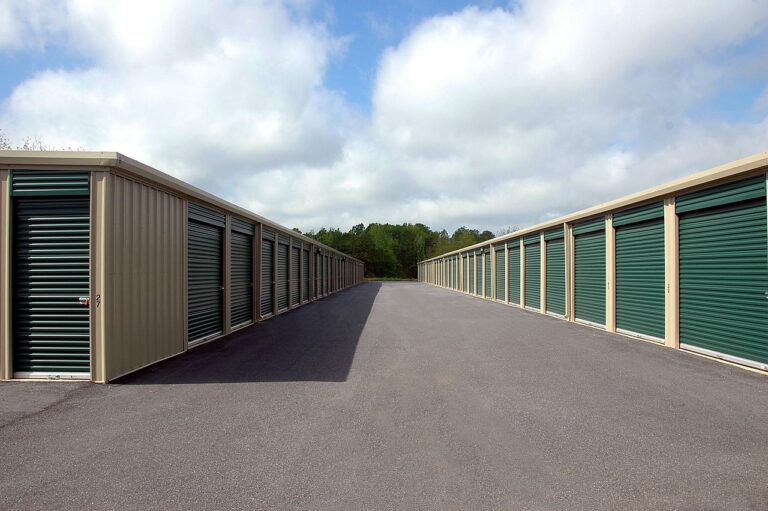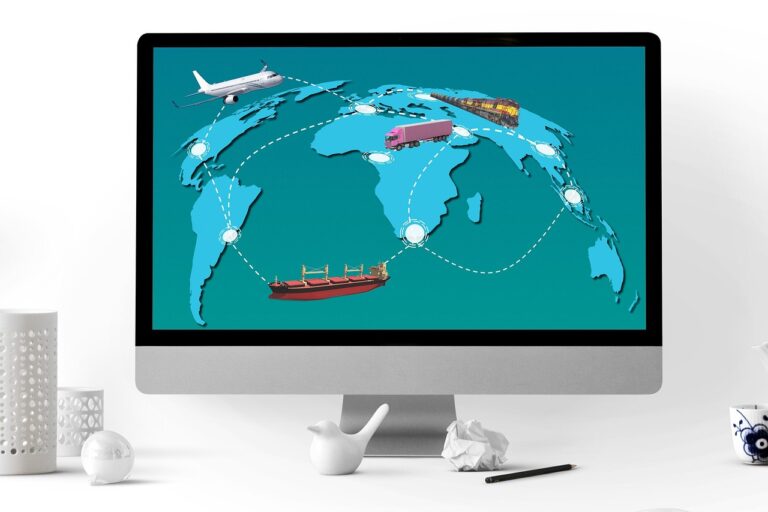Climate Change Impacts on Supply Chains & Adaptation Strategies

Have you ever wondered why there are suddenly more extreme natural disasters than usual? Major flooding in one place, severe drought in another, or stronger storms? These are all impacts of climate change, and they are not only felt in…








